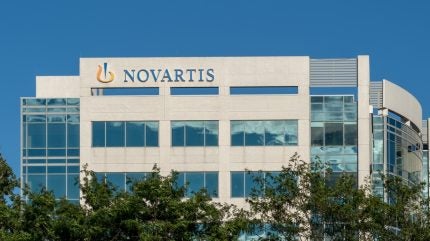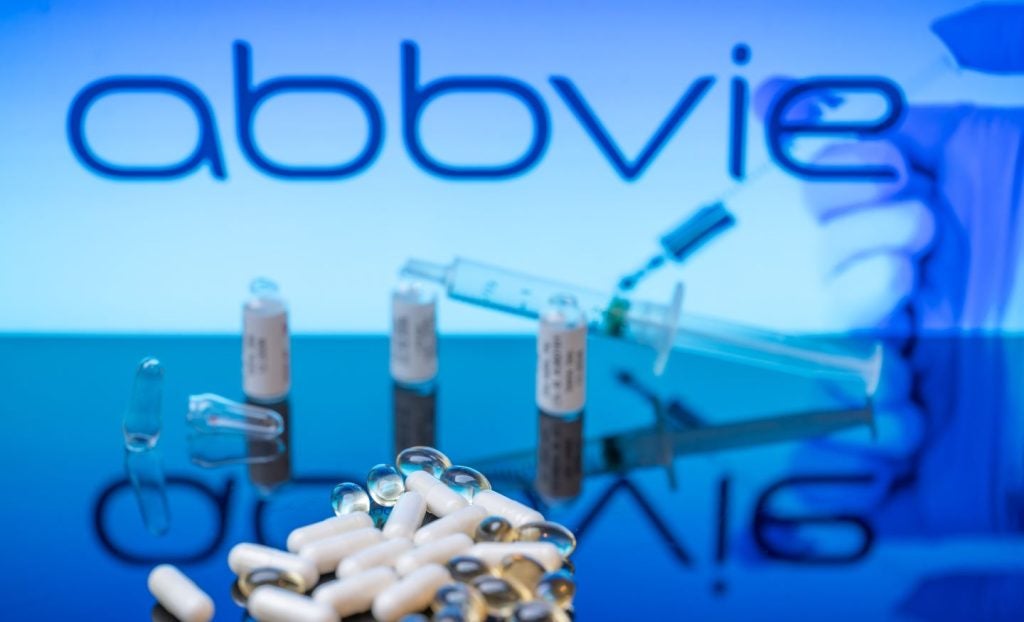
Novartis is firming its role as the top player in the radiopharmaceutical space with the acquisition of Mariana Oncology for $1bn upfront, and up to $750m in additional milestone-based payments.
Novartis will acquire Mariana’s lead candidate MC-339, a radioligand therapy (RLT) designed to target small-cell lung cancer. Last year, Mariana had raised $175m in a Series B round from several funds and pharma giant Eli Lilly.
This marks the second high-value deal in the radiopharmaceutical space in the last few months, with pharma company AstraZeneca acquiring radio-conjugate biotech Fusion for $2.4bn in March, gaining lead agent FPI-2265 in the process.
FPI-2265 is a radioconjugate that targets prostate-specific membrane antigen (PSMA), a protein found in metastatic castration-resistant prostate cancer (mCRPC).
Only three days ago, Novartis expanded its 14-year relationship with PeptiDream, offering the biotech $180m upfront and up to $2.71bn in milestones to identify new macrocyclic peptide candidates against targets selected by Novartis.
Radiopharmaceutical therapy involves targeting cancer cells with a radioactive drug. The drugs typically consist of a radioactive atom combined with a cell-targeting molecule that seeks cancer cells. Venture financing for innovative radiopharmaceutical drugs witnessed a whopping increase from $63m in 2017 to over $400m in 2023 total deal value in the US, according to GlobalData’s Pharma Intelligence Center Deals Database.
How well do you really know your competitors?
Access the most comprehensive Company Profiles on the market, powered by GlobalData. Save hours of research. Gain competitive edge.

Thank you!
Your download email will arrive shortly
Not ready to buy yet? Download a free sample
We are confident about the unique quality of our Company Profiles. However, we want you to make the most beneficial decision for your business, so we offer a free sample that you can download by submitting the below form
By GlobalDataGlobalData is the parent company of Pharmaceutical Technology.
Novartis is not a new player in this space. The Swiss company owns the first radiopharmaceutical drug to be approved by the US Food and Drug Administration (FDA), Lutathera (lutetium Lu 177 dotatate). Novartis added Lutathera to its portfolio as part of the $3.9bn acquisition of Advanced Accelerator Applications in 2017, with the drug winning approval by the EMA in 2017 and the FDA in 2018 for treating neuroendocrine gastroenteropancreatic tumours.
Last month, Novartis received FDA approval for the label expansion of Lutathera’s use in paediatric patients aged 12 years and older with somatostatin receptor-positive (SSTR+) gastroenteropancreatic neuroendocrine tumours (GEP-NETs).
According to GlobalData’s Pharma Intelligence Center, Lutathera is forecast to generate $879m in 2030.
Novartis’ other leading drug in the space is Pluvicto (lutetium Lu 177 vipivotide tetraxetan), a radioligand approved by the FDA for prostate cancer. The drug’s high demand led to a temporary drug shortage last year, which was later resolved by increasing the manufacturing capacity at one of the company’s sites. The drug is forecasted to bring Novartis $4.6bn in sales in 2030, according to GlobalData.
In the announcement accompanying the deal, Novartis’ global head of oncology for biomedical research Shiva Malek said: “This acquisition of Mariana Oncology brings to Novartis phenomenal talent and new capabilities in radioligand therapeutic research that complement our wide-ranging internal research and drug discovery efforts, in addition to our translational and clinical development capabilities.”





